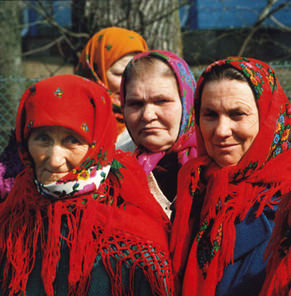Recent publications
Conditions and Means of Developing a Radiation Protection Practical Culture within the Population in Post-Accident Situations
- Details
- Category: Communications
- Published: Tuesday, 15 May 2012 14:00
GALLAY F., SCHNEIDER T.
At the last IRPA conference in Buenos Aires (2008), the French nuclear safety authority (ASN) presented the approach implemented for the definition of a national doctrine related so the risk management during the post accidental period following a nuclear accident (so called “CODIRPA program”). The subject of the "Radiation Protection Practical Culture" was investigated in this framework, as identified as a key element of long-term rehabilitation of living conditions in territories
Presentation at IRPA13, Glasgow, Scotland, 14-18 May 2012.
Abstract
At the last IRPA conference in Buenos Aires (2008), the French nuclear safety authority (ASN) presented the approach implemented for the definition of a national doctrine related so the risk management during the post accidental period following a nuclear accident (so called “CODIRPA program”). The subject of the "Radiation Protection Practical Culture" was investigated in this framework, as identified as a key element of long-term rehabilitation of living conditions in territories contaminated by radioactivity. This culture aims to allow people living in the contaminated territories to:
• understand the risks associated with the radioactivity deposited in the environment and ways to limit their own exposure;
• apprehend, by the radiological measurement, the territories and food contamination levels ;
• be able to understand the relevance and evaluate the effectiveness of the implemented protective actions.
This reflection has helped to define criteria for the development of radiation protection practical culture in normal time and post-accident situation and to identify the means for the diffusion of radiological protection practical culture, which will be presented.
A1120

 CEPN is a non-profit organisation created in 1976 to establish a research and development centre in the fields of optimisation of radiological protection and comparison of health and environmental risks associated with energy systems.
CEPN is a non-profit organisation created in 1976 to establish a research and development centre in the fields of optimisation of radiological protection and comparison of health and environmental risks associated with energy systems.
